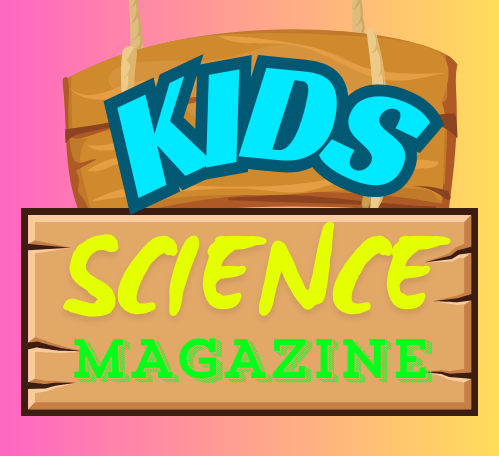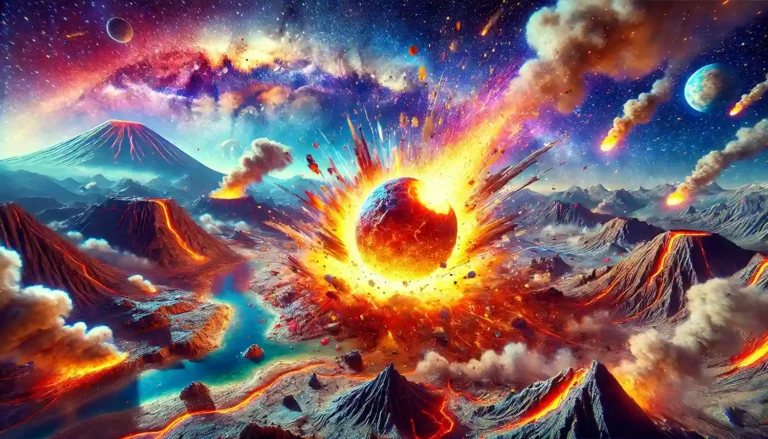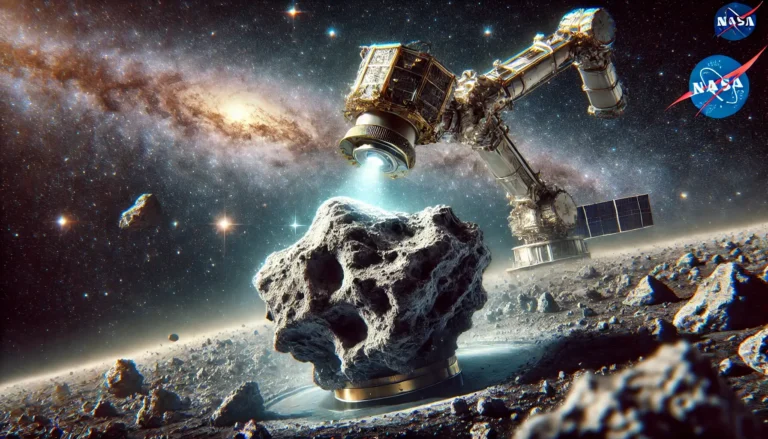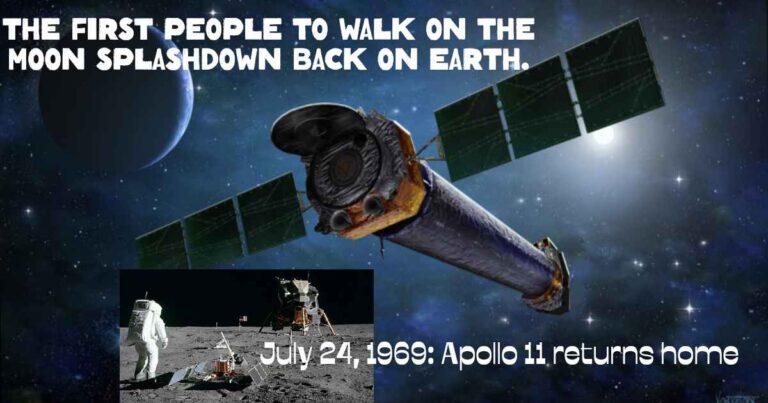The Solar System is our cosmic neighborhood! From the glowing Sun to the tiny Pluto, learn fascinating facts about planets, moons, and stars in a fun, easy way.
Q1. What is the center of our solar system?
The Sun is at the center of our solar system, and all planets revolve around it.
Q2. Which planet is called the Red Planet?
Mars appears red because of iron oxide (rust) on its surface.
Q3. Which is the largest planet in our solar system?
Jupiter is the largest planet; more than 1,300 Earths could fit inside it.
Q4. Which planet is closest to the Sun?
Mercury is the first planet from the Sun and the closest to it.
Q5. Which planet is famous for its rings?
Saturn’s rings are made of ice and dust, making it the most beautiful planet.
Q6. Which is the hottest planet in our solar system?
Venus has thick clouds of carbon dioxide that trap heat, making it hotter than Mercury.
Q7. Which planet is known as Earth’s twin?
Venus is similar in size and structure to Earth, but its surface is much hotter.
Q8. How many planets are there in our solar system?
There are 8 planets. Pluto was once a planet but is now called a dwarf planet.
Q9. Which planet is called the “Blue Planet”?
Earth appears blue from space because of its water and atmosphere.
Q10. Which planet takes the longest time to orbit the Sun?
Neptune takes 165 Earth years to complete one orbit!
Q11. Which planet spins on its side?
Uranus is tilted so much that it rotates on its side.
Q12. Which is the smallest planet in the solar system?
Mercury is the smallest planet, even smaller than some moons.
Q13. Which planet has the Great Red Spot?
The Great Red Spot is a giant storm on Jupiter that has lasted for centuries.
Q14. Which planet is farthest from the Sun?
Neptune is the eighth and most distant planet from the Sun.
Q15. Which planet is called the “Morning Star” or “Evening Star”?
Venus shines brightly and is visible just before sunrise and after sunset.
Q16. Which is the only planet known to support life?
Earth has water, oxygen, and the right temperature for living beings.
Q17. What are comets mostly made of?
Comets are like dirty snowballs made of ice and dust that glow when near the Sun.
Q18. Which planet has the fastest rotation?
Jupiter spins once in just about 10 hours, making its day very short.
Q19. Which planet is known as the “Windy Planet”?
Neptune has super-fast winds, the strongest in the solar system.
Q20. What is the Sun mainly made of?
The Sun is a huge ball of hot gases, mostly hydrogen and helium.
Q21. Which planet has the largest number of moons?
Saturn currently holds the record with over 140 moons!
Q22. What keeps planets in orbit around the Sun?
The Sun’s strong gravity pulls planets and keeps them moving in orbits.
Q23. What is Pluto classified as now?
In 2006, Pluto was reclassified as a dwarf planet.
Q24. Which planet has the nickname “Ice Giant”?
Uranus and Neptune are called Ice Giants because they contain lots of water, ammonia, and methane.
Q25. What protects Earth from harmful Sun rays?
The ozone layer in Earth’s atmosphere blocks dangerous ultraviolet rays from the Sun.






